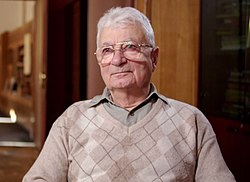December 20, 1941 Norfolk Virginia
Two large American carriers, Yorktown and Constellation, as well as their little sister Wasp were loading supplies for overseas deployment. HMS Indomitable and HMS Furious were also furiously loading supplies. The entire combined fleet had returned to port after two days of exercises including a night time strike by the FAA and a dawn strike on Norfolk by the American dive bombers. After refueling and reprovisioning (including a mysterious box car full of chocolate bars) they were ready to depart as well. The five carriers along with the only modern, fast American battleships, Washington, and nine cruisers, eighteen destroyers and two fast oilers were due to depart tomorrow.
The lower decks speculated that they would be reinforcing the Pacific Fleet while the junior officers thought they were heading to the Mediterranean as dozens of large semi-armor piercing bombs were loaded into the magazines. Warm weather gear and cold weather gear was being loaded. Several boxes of phrase books in Arabic and Norwegian were shipped aboard as well. The senior officers were enjoying the speculation as they knew where Task Force 3 was going and they wanted rumors buzzing about like nuggets on a graduation flight to throw off any eavesdroppers.
The US Atlantic Fleet would make a dash across the Atlantic and join with their now official allies of the Royal Navy’s Home Fleet which was exercising near Ireland to block the Atlantic from Tirpitz. From there, six fast carriers, three American, three British, would be covered by three modern battleships and a battlecruiser. They would rendezvous and train for weeks north of Ireland, occassionally nipping back into Scapa Flow. The RAF would watch Scharnhorst and Gneisenau were still at Brest, France.
A single raid against Norway was planned in mid-January as a practice event and then they would wait for the weather and the moon to cooperate.
Wasp unloaded her scouting squadron and replaced those fifteen planes with sixteen Wildcats from Hornet. Yorktown and Constellation each offloaded half of their Devestator bombers. Each ship took on another eight Wildcats from Ranger. Operation Bathhouse would be the first major combined Allied offensive of the war.
